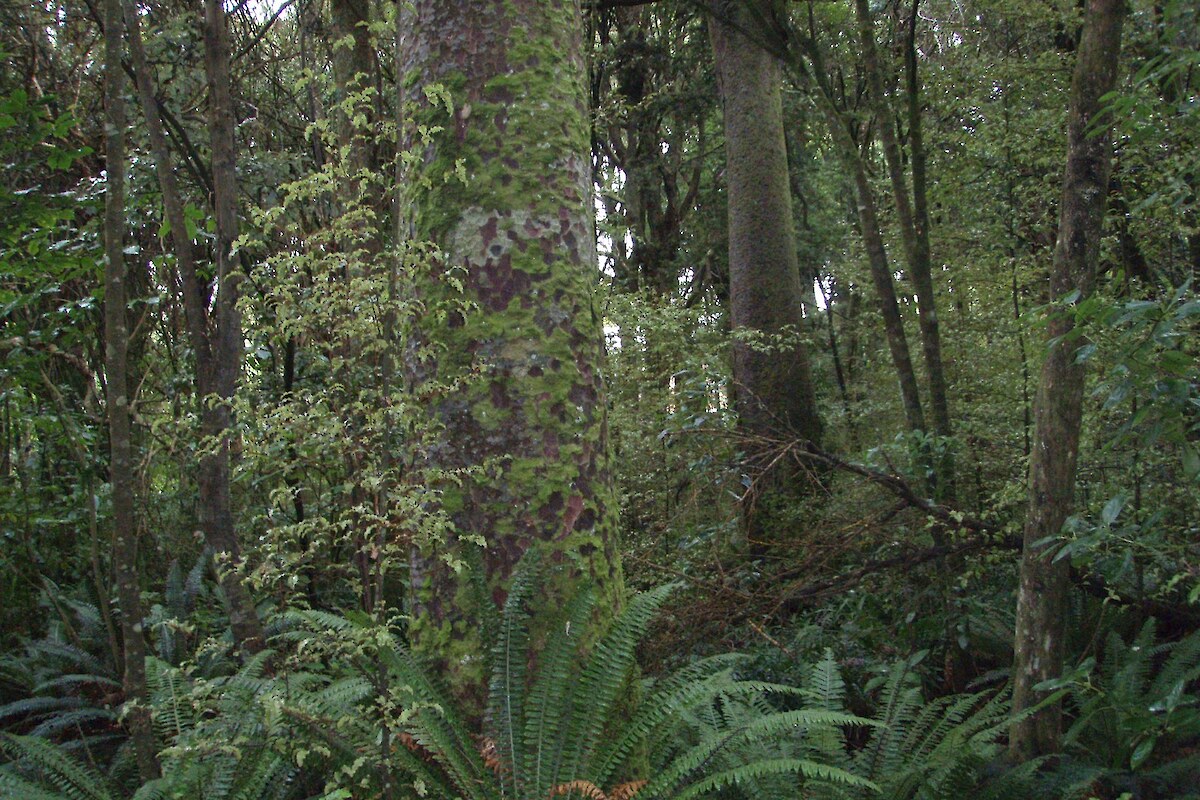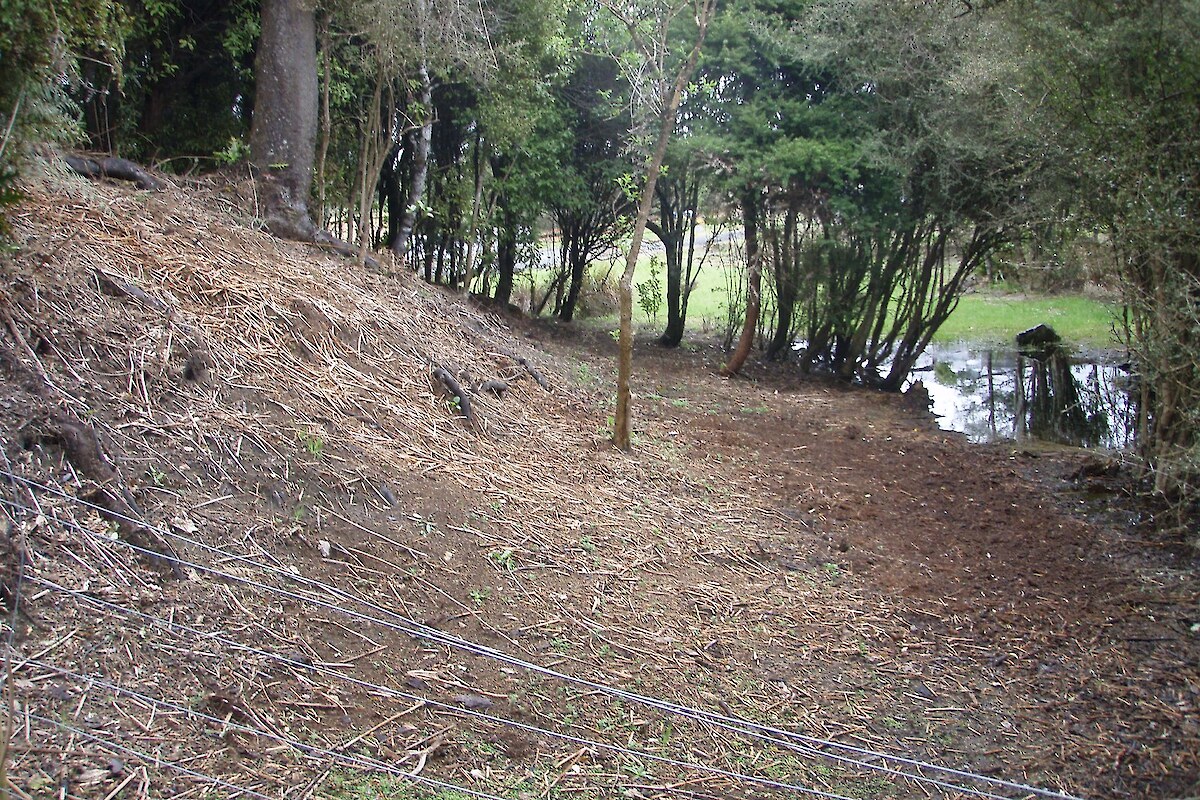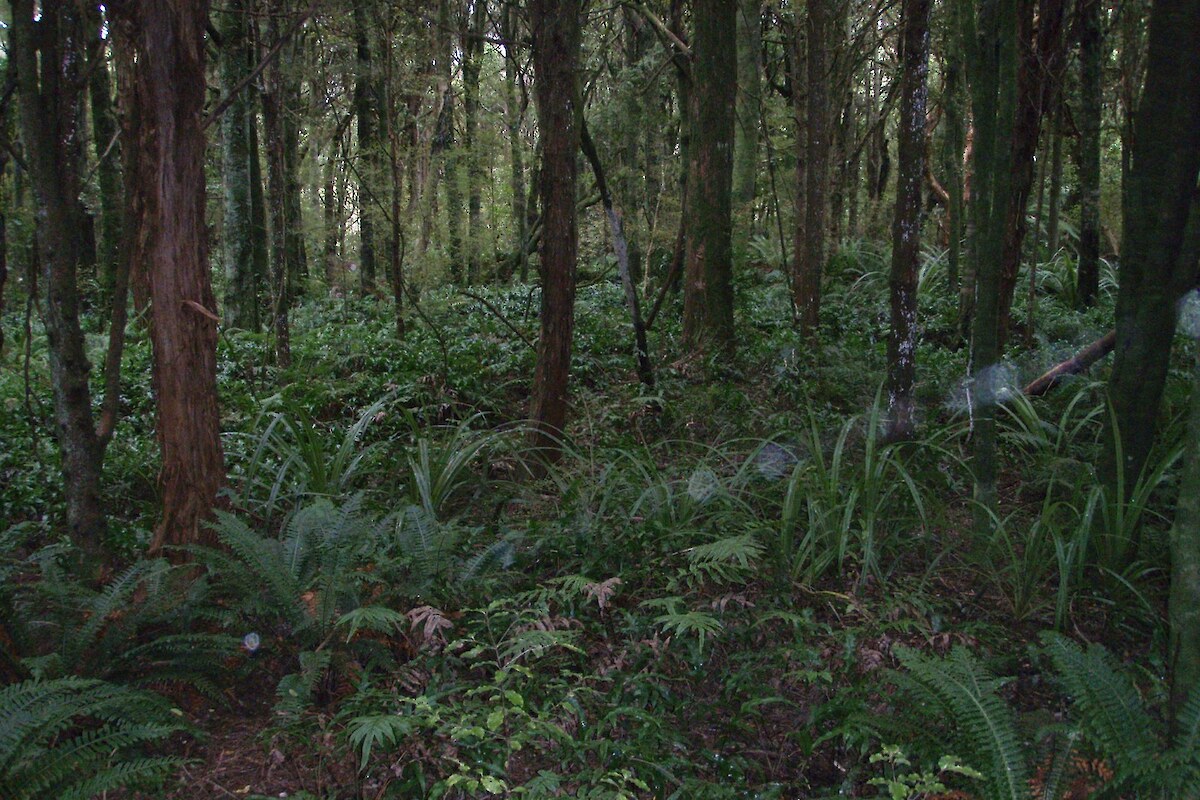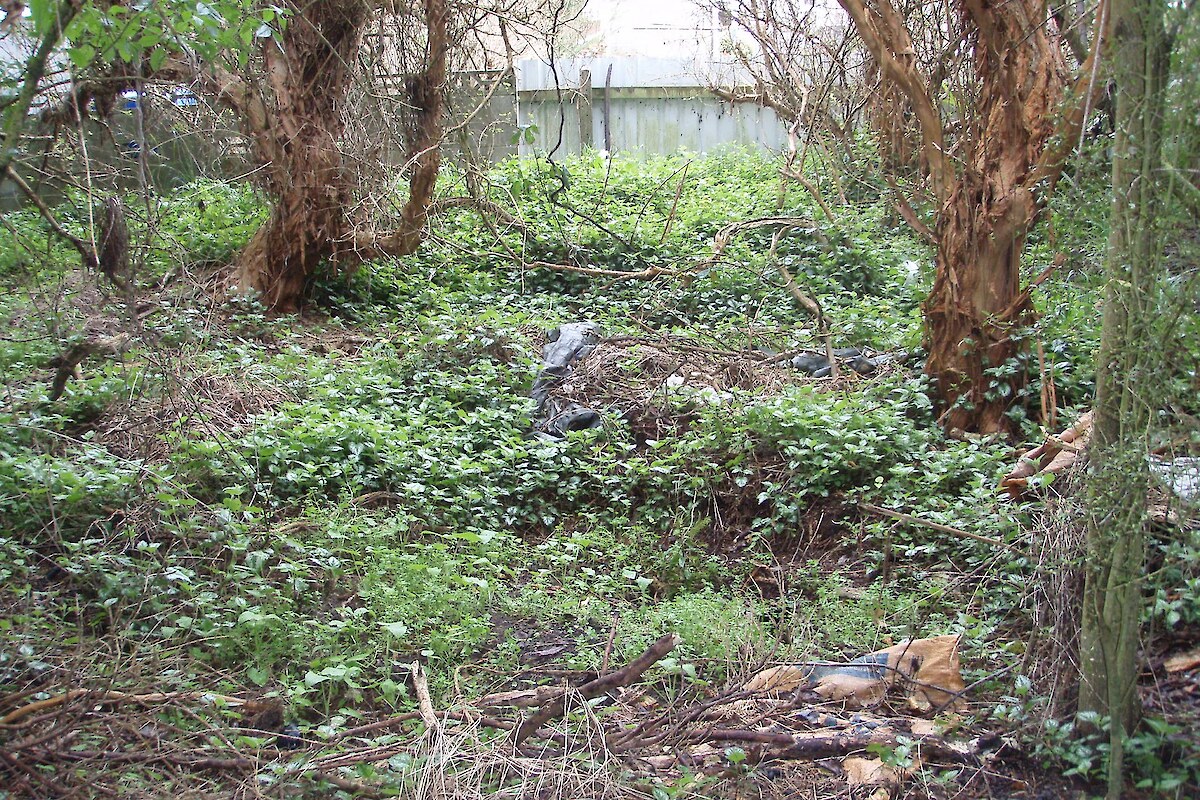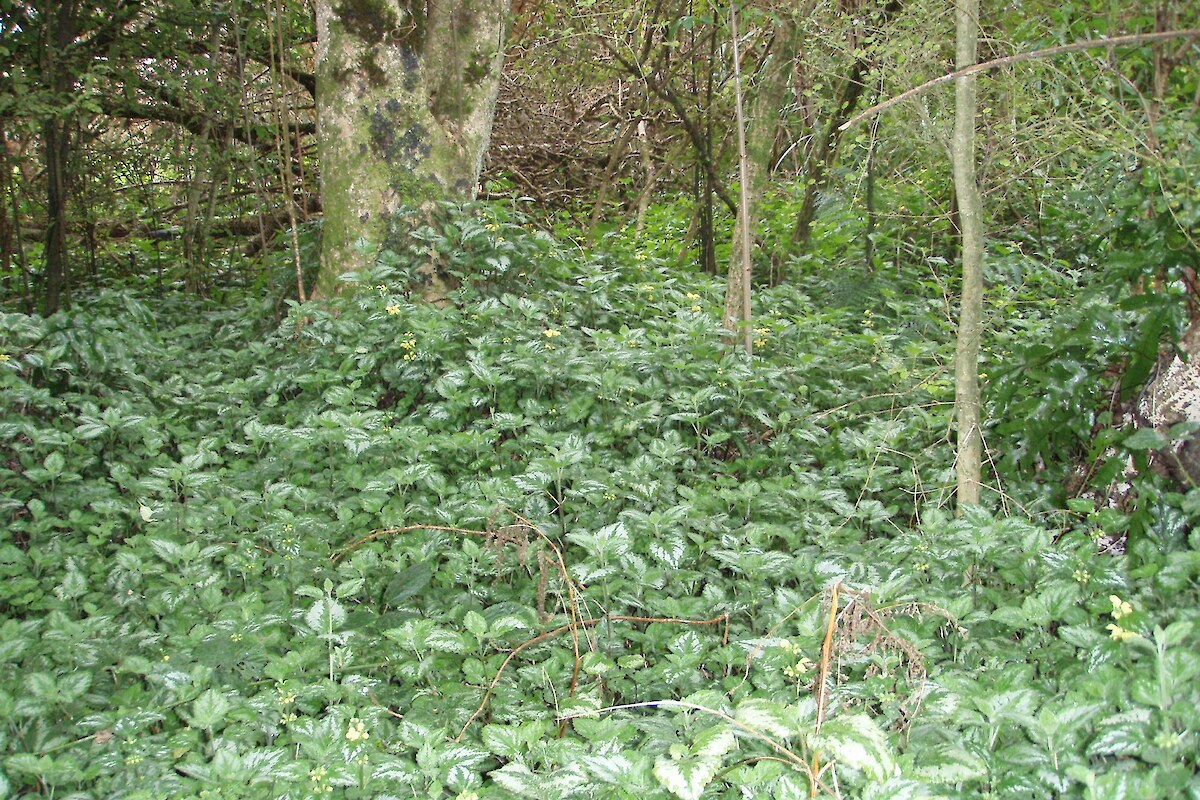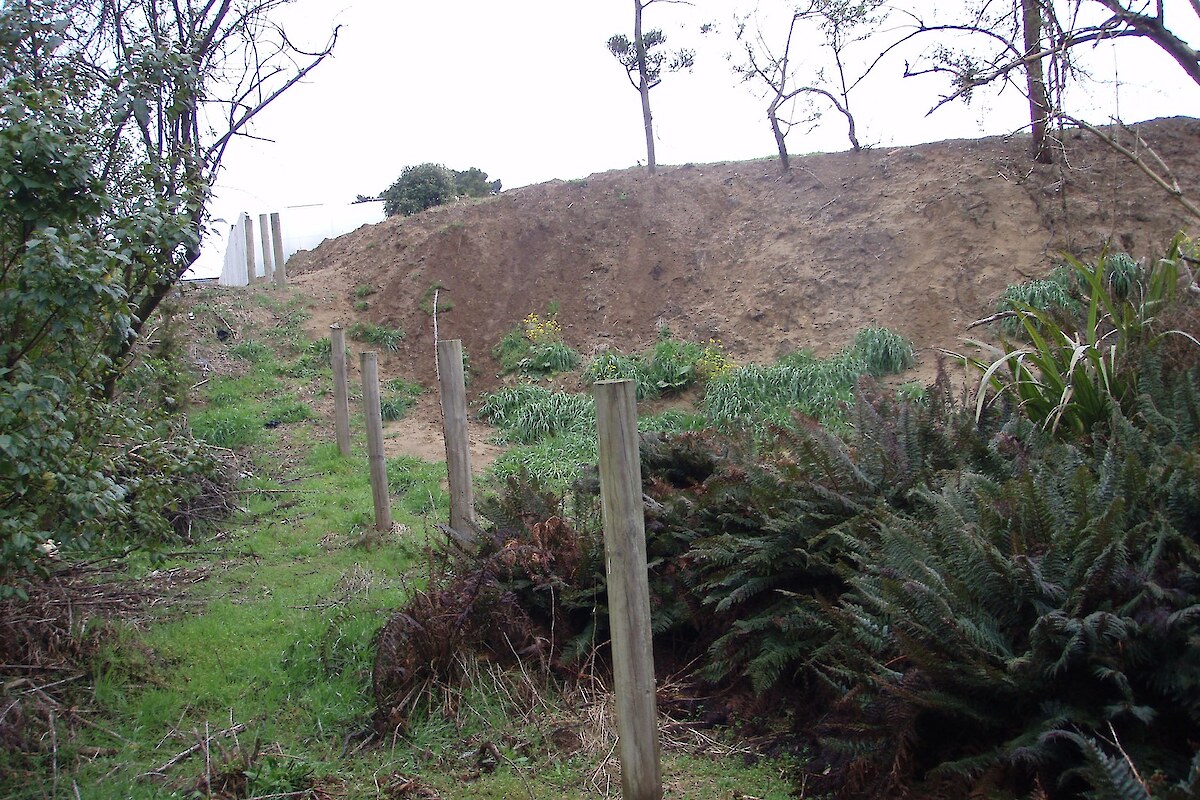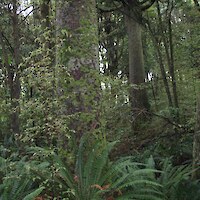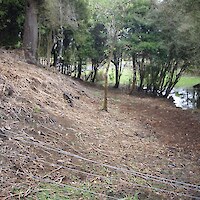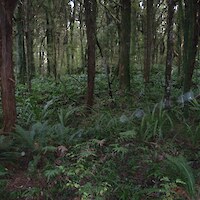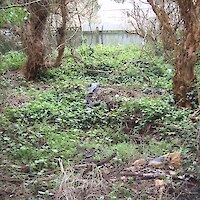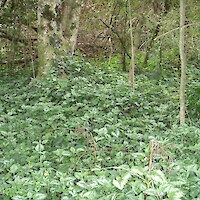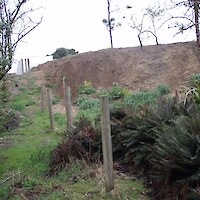Wildland Consultants Ltd undertook a review of relevant literature on terrestrial vegetation, indigenous fauna, and fisheries within or adjacent to the Otatara site and compared recent (2006/2007) and earlier baseline (2001) aerial photographs to assess trends in the cover of indigenous vegetation. A representative example of 72 properties with SNAs were surveyed on foot by inspecting, describing, and evaluating the condition of vegetation within the SNA at each site. These sites include areas administered by the Council and Department of Conservation as well as those owned by private landholders. Site visits included assessment of the effects of residential activities on indigenous vegetation, and where relevant, assessing indigenous restoration activities undertaken to comply with resource consent conditions.
Our 2008 survey and assessment revealed that 1) Since 1999 there has been a reduction in the extent of significant vegetation at Otatara, and this was caused by residential development; 2) Resource consent conditions involving indigenous restoration are not adequately compensating for loss of significant vegetation because the restoration projects are too small and not informed by expert ecological advice; 3) The ecological condition of forest remnants at Otatara ranged from excellent to poor due to variations in the cover and regeneration of indigenous species, the abundance of weeds, and management that the site received; 4) The major threats to sustainability of significant indigenous vegetation are clearance as a result of residential development, weeds, and grazing; 5) Only a small area (c.10%) of privately-owned forest is legally protected and opportunities to establish protective covenants over areas of indigenous vegetation during subdivision and residential consent processes are being missed; 6) The long-term persistence of significant indigenous vegetation is by no means assured, due threats such as vegetation clearance, weeds, and grazing; 7) In general, residents have a poor understanding of, or lack the resources to maintain, significant indigenous vegetation, evidenced by the widespread nature of weeds, firewood collection, and planting of inappropriate species; 8) Two new significant areas of indigenous vegetation were identified, including the full extent of RAP 19 of the Southland Plains PNAP survey (Walls and Rance 2003) of which only part is mapped as an SNA, and a DOC reserve dominated by oioi; 9) Several SNAs and parts of SNAs are no longer considered to be significant due to vegetation being cleared for residential development, reassessment of SNA condition, and mapping errors when significant sites were originally defined in 1999.
We recommended that Council develop a vision for Otatara which 1) Avoids further clearance of mature forest – by encouraging development on non-forested land; 2) Preserves and restores existing ecological gradients associated with dune age and drainage, and from the coastal-estuarine zone into terrestrial habitats; 3) Promotes indigenous corridors between existing areas of forest by defining them in the District Plan and promoting restoration of indigenous vegetation within them; 4) Promotes legal protection of indigenous forest areas through organisations such as QEII Trust; 5) Fosters community involvement in vegetation restoration and management by providing advice, assistance, funding, and rates relief; 6) Fosters collaboration with other parties such as the Department of Conservation, QEII Trust, and Environment Southland; 7) Leads by example, with management of ICC‑administered sites focusing on ecological rather than amenity value; 8) Involves land purchases by ICC for legal protection of indigenous forest, for use as community restoration sites, and to provide links between small remnants; and 9) Monitors the condition of indigenous vegetation qualitatively over time.


